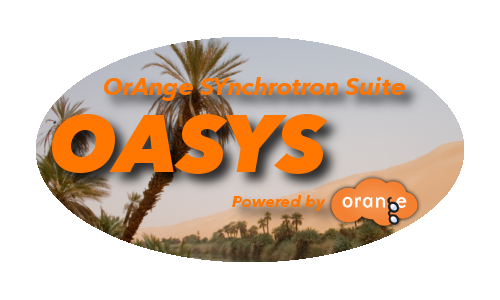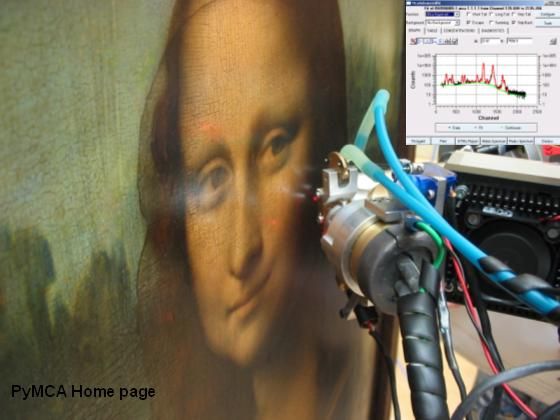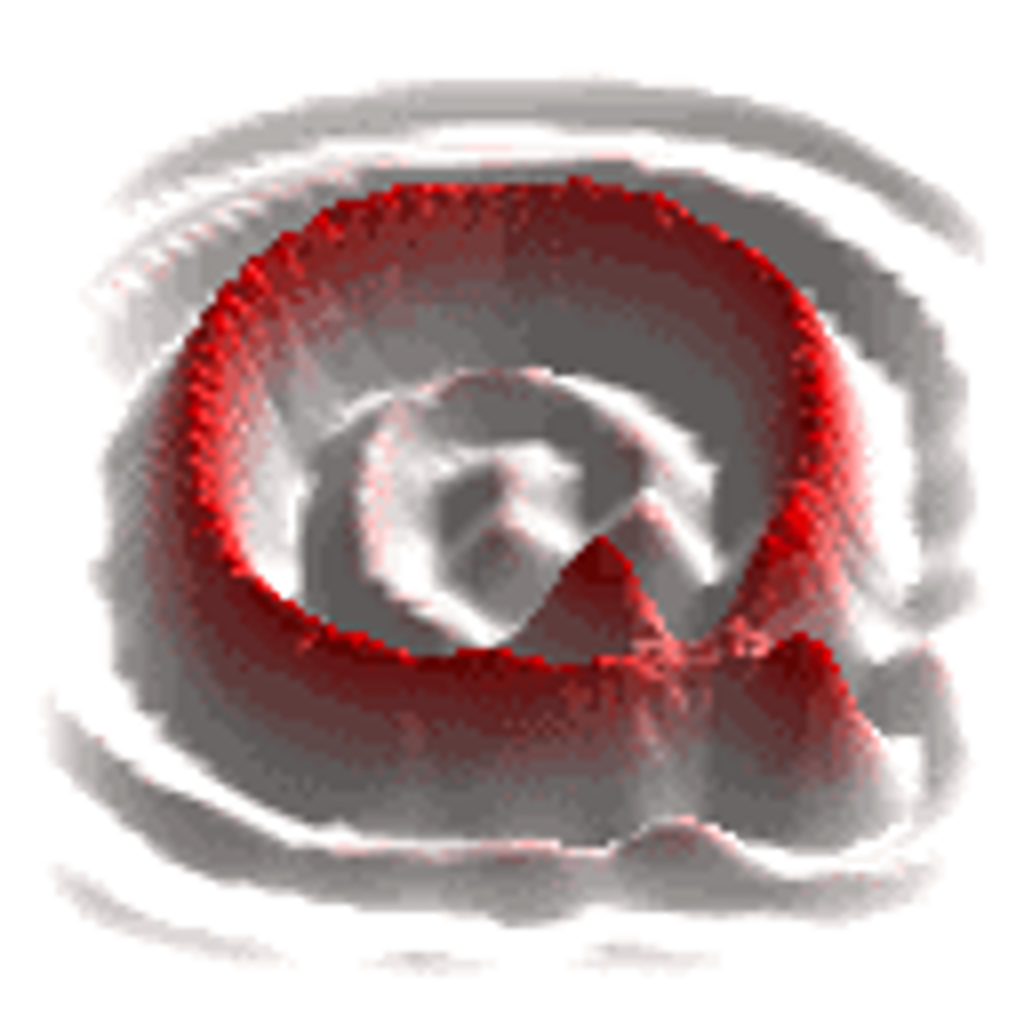Software

OASYS
OASYS (OrAnge SYnchrotron Suite) is an open-source Graphical Environment for optic simulation software packages used in synchrotron facilities, based on [Orange 3](http://orange.biolab.si/orange3/). It includes SHADOWOUI, a port to the [SHADOW](https://github.com/srio/shadow3) ray-tracing code and XOPPY (the Python version of [XOP](http://www.esrf.eu/Instrumentation/software/data-analysis/xop2.4)

ORCA
ORCA is a modern electronic structure program package written by Frank Neese, with contributions from many current and former coworkers and several collaborating groups. The binaries of ORCA are available free of charge for academic users for a variety of platforms. ORCA is a flexible, efficient and easy-to-use general purpose tool for quantum chemistry with specific emphasis on spectroscopic properties of open-shell molecules. It features a wide variety of standard quantum chemical methods ranging from semiempirical methods to DFT to single- and multireference correlated ab initio methods. It can also treat environmental and relativistic effects. Due to the user-friendly style, ORCA is considered to be a helpful tool not only for computational chemists, but also for chemists, physicists and biologists that are interested in developing the full information content of their experimental data with help of calculations.

Phenix
PHENIX is a software suite for automated macromolecular structure determination that can rapidly arrive at an initial partial model of a structure without significant human intervention, given moderate resolution and good quality data. This has been made possible by the development of novel algorithms for structure determination, maximum-likelihood molecular replacement (PHASER), heavy-atom search (HySS), template and pattern-based automated model-building (RESOLVE), automated macromolecular refinement (phenix.refine), and iterative model-building, density modification and refinement that can operate at moderate resolution (RESOLVE, AutoBuild). These algorithms are based on a set of crystallographic libraries that have been built and made available to the community.
pni-libraries
The PNI libraries are a stack of related C++ libraries developed with the intention to simplify the development of scientific software in the field of Photon-, Neutron, and Ion-scattering.
PyFAI
pyFAI is an azimuthal integration library that tries to be fast (as fast as C and even more using OpenCL and GPU). It is based on histogramming of the 2theta/Q positions of each (center of) pixel weighted by the intensity of each pixel, but parallel version uses a SparseMatrix-DenseVector multiplication

PyMca
X-ray Fluorescence Toolkit (visualization and analysis of energy-dispersive X-ray fluorescence data). . The program allows both interactive and batch processing of large data sets and is particularly well suited for X-ray imaging. Its implementation of a complete description of the M shell is particularly helpful for analysis of data collected at low energies. It features, among many other things, the fundamental parameters method
PyNX
Python toolkit for accelerated Nano-structures Crystallography and Coherent X-ray Imaging techniques. The software included in this package can be used for: 1. the computing of X-ray scattering using graphical processing units 2. X-ray wavefield propagation (from near to far field) 3. simulation and GPU-accelerated analysis of experiments using the ptychography and coherent diffraction imaging techniques See the full documentation at: http://ftp.esrf.fr/pub/scisoft/PyNX/doc/

Quanty
Quanty is a script language which allows the user to program quantum mechanical problems in second quantization and when possible solve these. It can be used in quantum chemistry as post Hartree-Fock or in one of the LDA++ schemes. (self consistent field, configuration interaction, coupled cluster, restricted active space, ...) The idea of Quanty is that the user can focus on the model and its physical or chemical meaning. Quanty takes care of the mathematics.
SASfit
SASfit has been written for analyzing and plotting small angle scattering data. It can calculate integral structural parameters like radius of gyration, scattering invariant, Porod constant. Furthermore it can fit size distributions together with several form factors including different structure factors. Additionally an algorithm has been implemented, which allows to simultaneously fit several scattering curves with a common set of (global) parameters. This last option is especially important in contrast variation experiments or measurements with polarised neutrons. The global fit helps to determine fit parameters unambiguously which by analyzing a single curve would be otherwise strongly correlated.
SasView
SasView is a Small Angle Scattering (SAS) analysis package for the analysis of 1D and 2D scattering data directly in inverse space. The focus was originally on neutron data (SANS) but has been used for X-ray’s as well and includes a tool for determining a slit resolution for the SAXSess instrument. SansView also includes PrView to invert SAS data to P(r), a resolution calculator, and a scattering length density calculator among others tools. A simple plugin mechanism is available for users to add custom models.

SHELX
SHELX is a set of programs for the determination of small (SM) and macromolecular (MM) crystal structures by single crystal X-ray and neutron diffraction. In the program suite: SHELXT extracts the Laue group, cell dimensions and types of element present , solves the structure using data expanded to space group P1, and then uses the P1 phases to find the space group. SHELXS solves small (up to about 100 unique non-hydrogen atom) structures by direct methods. it is based on the classical tangent formula of Karle and Hauptman, but uses phase annealing and includes information from the weak reflections via the negative quartets. etc. etc,-> refer to the SHELX home page

silx
The silx project aims at providing a collection of Python packages to support the development of data assessment, reduction and analysis applications at synchrotron radiation facilities. The purpose is to deliver reading/writing of different file formats, data reduction routines and a set of Qt widgets to browse and visualize data.
Steca
The stress and texture calculator Steca is an interactive, graphical data reduction program for neutron and x-ray materials diffractometers.
XDS
X-ray Detector Software for processing single-crystal monochromatic diffraction data recorded by the rotation method. It processes a sequence of adjacent, nonoverlapping rotation images collected from a single-crystal at a fixed X-ray wavelength and recorded by a variety of imaging plate, CCD, pixel and multiwire area detectors; allows arbitrary but fixed orientations of the detector and rotation axis, and only requires that incident beam and rotation axis intercept in one point in the center of the crystal; automatically derives reflecting range, spot width, crystal orientation, symmetry, and cell parameters from the data images. delivers a list of corrected integrated intensities of the reflections occuring in the data images.
XDSAPP
XDSAPP is a graphical user interface for the processing of diffraction data sets using XDS. It automates the data hadling and generates graphical plots of various data set statistics provided by XDS and other programs. By incorporating additional software, further information on certain features of the data set, such as radiation decay or the presence of pseudo-translational symmetry and/or twinning is provided. Intensity files suitable for CCP4, SHELX and CNS are automatically generated.

